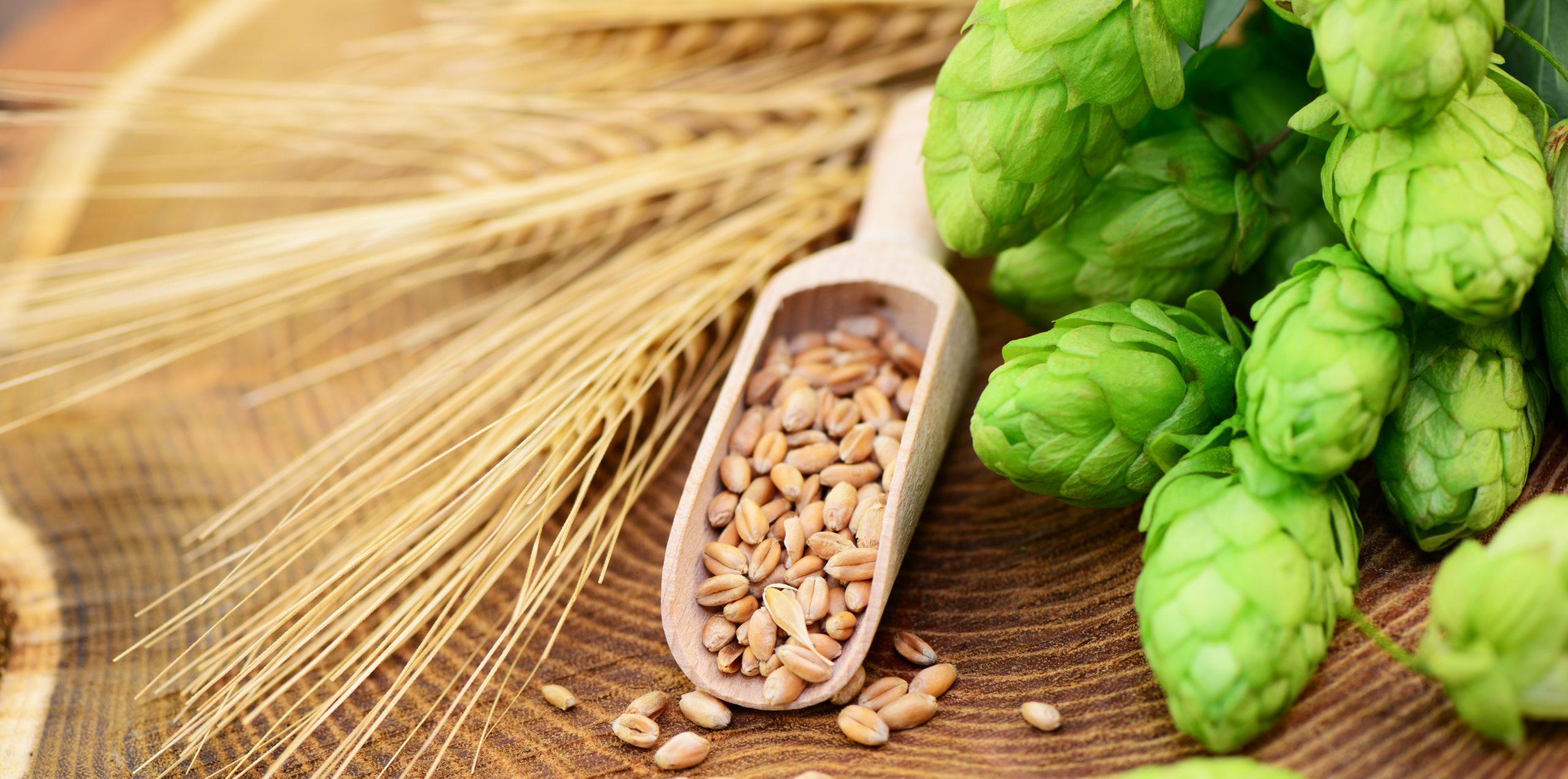By Audrey Quinn

In a world of triple dry-hopped milkshake IPAs and maple bacon coffee porters, it’s easy for the passionate beer lover to reminisce of simpler times. For those that just want to drown out the noise and kick back with a nice pilsner, you can take comfort in the fact that a desire for simple beer is not anything new—in fact, it’s older than America itself.
Origins
The Reinheitsgebot Law, or German Purity Law, was enacted in 1906 and served to limit the ingredients used in beer making. Its origins date back much further, however, starting in Bavaria in 1516. In fact, many historians consider this adoption of Reinheitsgebot to be one of the world’s first consumer protection laws!
Reinheitsgebot’s mandate for barley as the only malt used in brewing was two-fold: not only did it create more uniformity for beer expectations in Bavaria, it also freed resources for bakers in the region. By mandating barley for beer-making, this allowed bakers more access to common grains such as wheat and rye. Bavaria’s Reinheitsgebot would later spread to Germany once Bavaria joined the German union in 1871.
German Adoption
By the time Bavaria entered the German union, its signature Reinheitsgebot had been around for centuries. When adopted in Germany, the Reinheitsgebot allowed for only barley, hops, and water to be used to make beer.
 Before this law, German brewers were known for introducing a variety of adjuncts, including coriander and honey. Many beers at this time were also smokey or even sour. Whether this was by design or by accident is entirely in the eye of the beholder! The Reinheitsgebot served to limit these beer flavors and signaled a return to traditional beer making in Germany.
Before this law, German brewers were known for introducing a variety of adjuncts, including coriander and honey. Many beers at this time were also smokey or even sour. Whether this was by design or by accident is entirely in the eye of the beholder! The Reinheitsgebot served to limit these beer flavors and signaled a return to traditional beer making in Germany.
Early on, the Reinheitsgebot law allowed for one exception to its ban on non-barley malt styles: when brewing a weizen, brewers were permitted to use wheat. This proved to be a very good exception to the rule: to this day, wheat beers account for almost a quarter of beer sales in Bavaria!
Modern Changes and Critiques
To this day, Germany serves as a mecca for traditional beer lovers, who want simple, easy-drinking, and enjoyable beer. Over the years, however, Reinheitsgebot has, for better or worse, served to limit the innovation of beer brewed under its jurisdiction.
Many attribute Reinheitsgebot to the relative lack of variety in the German beer market. In fact, celebrated beer expert Randy Mosher goes even farther, and believes that Reinheitsgebot can be a contributing factor as to why there are fewer lager styles to this day!
Furthermore, anyone who’s been on a brewery tour knows the four basic ingredients of beer: barley, hops, water, and yeast. Many consider yeast to be the most critical ingredient in beer making—without yeast’s introduction, beer isn’t truly beer, but rather a wort. Thanks to the incomparable work of Louis Pasteur, Reinheitsgebot later adopted yeast as an acceptable ingredient in beer making, which opened the door for more variety in traditional styles. 
Though critics lament Reinheitsgebot’s limitations, those in the know, know that these four ingredients can produce almost limitless combinations for beer. With dozens of malt styles and hundreds of hop styles commonly used by brewers worldwide, it’s hard to imagine even the most creative of brewers running out of inspiration!
Bavarian brewers, the descendants of Reinheitsgebot, voted in 2015 to allow for more natural ingredients to be used in brewing. This addition is still in line with the original spirit of Reinheitsgebot while allowing for more flexibility in brewing.
The more economics-minded critics of Reinheitsgebot consider it one of the greatest marketing ploys of all time, as many beers made in Germany, as well as worldwide, can comfortably fit in the limits of Reinheitsgebot. For beer and history fans, however, the term Reinheitsgebot still conjures images of pure, simple beer. In order to capitalize on this association, some German brewers explicitly tout their beers as compliant with Reinheitsgebot. Though in actuality this doesn’t distinguish them from plenty of other beers in the market, it does work well as a sales tactic!
The Future
It’s hard to imagine whether the future of Reinheitsgebot means adapting with the trendier brewers of America or if it eventually grows to be a relic of a bygone time. After all, beer has been around for over 13,000 years, and while Reinheitsgebot has held on for a formidable half-century, it’s still a relatively new introduction to the world of beer.
Only time will tell what kind of hold Reinheitsgebot will have on the beer of the future. Nevertheless, any fans of German-style beers should raise a glass in appreciation for the Reinheitsgebot law. Though they may lack shock value, we cannot deny the influence German-style beers have had on our palettes. From a kolsch, to a marzen, to a hefeweizen, any self-respecting fan of beer can throw back a pint or two of German beers at the drop of a hat. And when the wild west world of American craft beer gets too overwhelming, the smooth and simple Reinheitsgebot-approved beers will always be there for you.